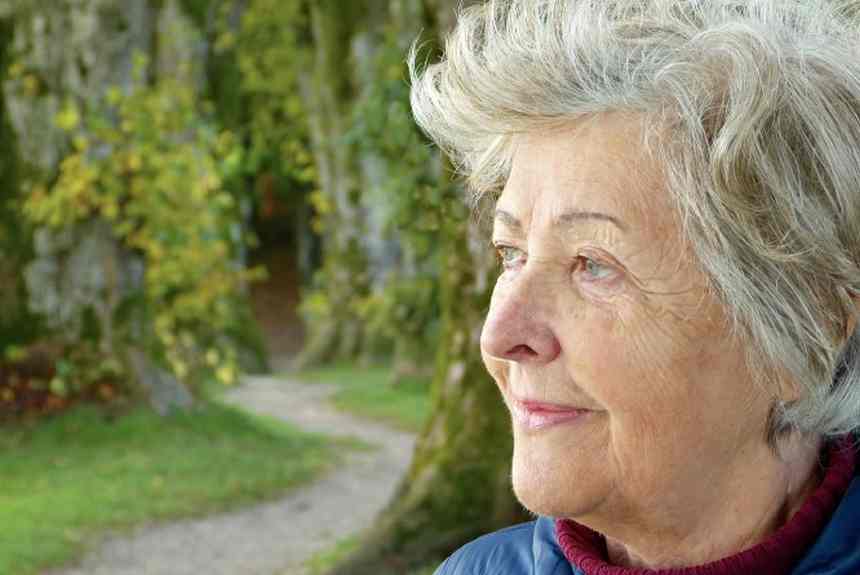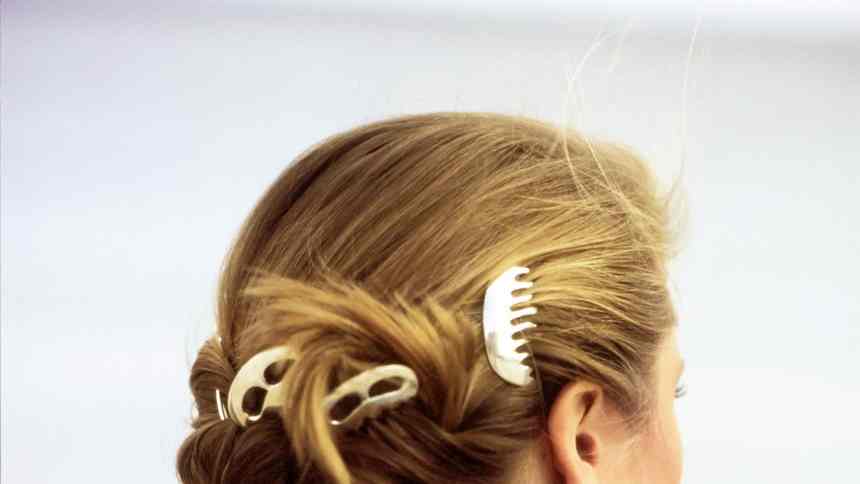To source a spa treatment
Sue Harmsworth, founder of spa brand ESPA, rallied her industry to recognise the need for therapists to be trained specifically to cater to clients undergoing cancer treatment. She’s developed a training scheme launched at the end of September, and established the pioneering Standard Authority in Touch for Cancer Care (SATCC) accreditation. Through SATCC, cancer patients can access qualified spa therapists and safe and inclusive spa treatments, from diagnosis through to remission. It has also partnered with Spabreaks.com to launch the Safe Hands For Cancer Collection, which will highlight those spas that are SATCC accredited. Think Tree Hub, another partner, can also help you locate your nearest SATCC qualified therapist, making finding the right spa treatment for you a whole lot easier.
To handle hair loss
Hair loss or thinning is a common side effect of cancer treatments like chemotherapy, radiotherapy and immunotherapy. Wonderful Wigs, was founded by Nicola Woods, who found support and advice on buying a wig hard to come by when she was diagnosed with breast cancer in 2016. Wonderful Wigs can help you to choose a wig you love, and show you how to style and care for it.
Look Good Feel Better, a charity that supports cancer patients with their physical and emotional wellbeing, offers a similar service, along with advice on make-up, skincare and nail care, and is now offering virtual workshops and online tutorials.
Hairstylist and salon owner Adam Reed recommends Trend Co for good, affordable wigs – and its kind approach. “I recommend that if you have a relationship with your hairdresser, ask them to help you choose the wig, and help you with a wig master class, so you know how to look after it and style it,” he says.
Chemotherapy can often result in lost lashes, too. False lash brand Eylure has created a lash replacement lash, C-Lash, made with an invisible strip to mimic your own lashes. It’s the brainchild of Codilia Gapare, who lost her lashes when she underwent chemotherapy, and C-Lash offers a perfect natural finish.
To encourage regrowth
Once treatment is finished, you might want to support your eyebrow and lash growth. Revitalash was developed by a doctor whose wife underwent chemotherapy treatment for breast cancer. When her lashes returned they were brittle and sparse. After researching how to revitalise lash and brow growth, Revitalash – a boosting serum that actually works – was born.
A lower-maintenance option for brows (Revitalash requires repeat application), is microblading. Jenni Draper creates some of the most natural brows with her delicate, hair-like blading.
Caring for hair post-treatment
The Manta hair brush is made to feel like fingers being run through your hair, rather than the tug of hard bristles. Created by a hairdresser whose wife lost her hair due to illness, it’s billed as having the kindest, most damage-free bristles. It’s flexible, so moves with your hair, and the soft touch silicone bristles stimulate the scalp and have no edges to catch or break hair.
The late trichologist Philip Kingsley created his No Scent No Colour shampoo and conditioner in 2006 when his wife was treated for breast cancer. The fragrance, paraben and SLS-free formulas are supremely gentle, and sales of the products benefit the charity Look Good Feel Better.
For after a mastectomy
Nez Hasan, whose salon is based in Kensington, London, is a specialist in semi-permanent medical tattoos, including nipple reconstruction, a unique technique that gives the illusion of an areola and nipple on reconstructed breasts after a mastectomy. Hasan explains the effect is achieved “by using a professional artist machine with tattoo needles of 1, 3, and 5 point – each one to create the different light and shadow contrasts with a special pigment that we use. Creating a 3D areola and nipple on a woman who has had breast reconstruction due to breast cancer is a treatment that brings back confidence and happiness.” Hasan is also providing workshops for other therapists who have the specialist kit, so that they can train to provide areola and nipple tattoos.
Hasan recommends doing your research to ensure you find an experienced artist before proceeding. “Make sure you have a consultation beforehand so that you meet them and discuss the procedure. That way you can get to know what is involved with the procedure, how it will be achieved, how long it will take and understand the aftercare. Ask which pigments will be used and if the colour will change once it’s healed. There’s no harm in asking to see the pigments and researching the ingredients. I use Phi Areola pigments, which are created with a unique solution that penetrates skin more easily, and are formulated in a way to be less open to pigment migration – this way the colour heals in a very natural colour and doesn’t change after healing.”
Nez Hasan, 19 Abingdon Road, High Street Kensington, W8 6AH
The go-to store
John Bell & Croyden, the pharmacy to end all pharmacies on Wigmore Street, has plenty on offer for cancer patients. It stocks everything from appropriate skincare, such as NB Ceutical by Natura Bissé, which was developed specifically with chemotherapy treatment in mind, to the all-natural Wild Beauty by Rhug Estate. It also stocks Pharmaceris Shampoo which encourages hair growth and strengthens existing hair, and post-surgery medical essentials like the Macom post-surgery bra.
A post-treatment retreat
Look out for Our Retreats, free day retreats hosted at The Rook Retreat in West Sussex. After a survey found that some 97 per cent of UK spas refuse to treat patients with cancer, and having been personally affected by it herself, Our Retreat founder Lisa Carolanteamed up with Jemma Frizzell from The Rook Retreat to create a space where cancer patients in remission can recharge, and feel comfortable and supported. The experience incorporates yoga, nutritional advice, inspirational talks, make-up workshops and meditation. Sweaty Betty is also supporting the next retreat by providing kit for the guests.
More from British Vogue:









